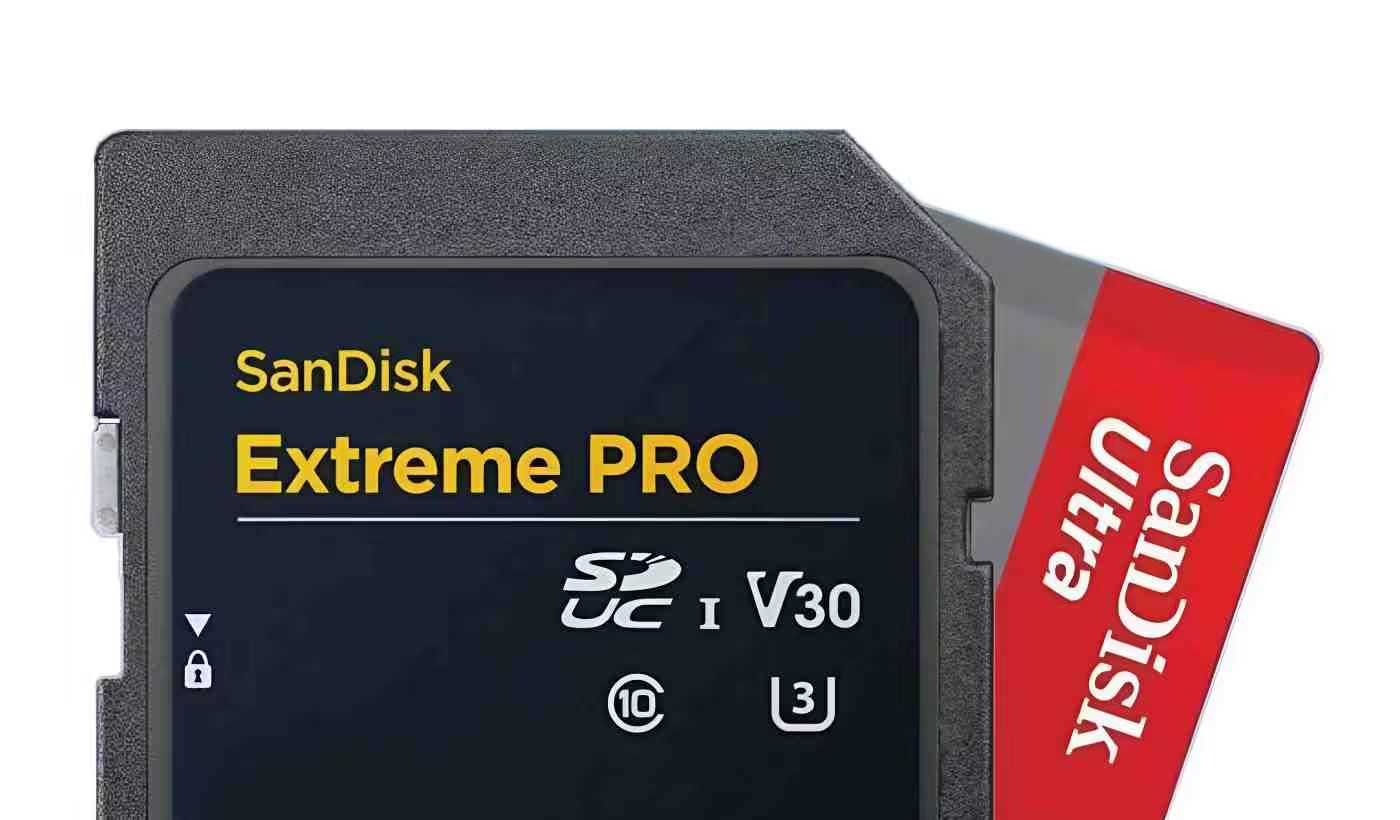Western Digital (WD), the parent company of SanDisk, recently introduced groundbreaking new memory products at the Future Memory and Storage Conference (FMS2024). Notable among these is the world’s first 8TB SD card, which marks a significant advancement in portable storage. Alongside this, WD also announced a 4TB microSD card, pushing the limits of how much data can be stored.
These new memory cards, both using the Secure Digital Ultra Capacity (SDUC) standard, represent a major leap in storage capacity. The SDUC standard can theoretically support up to 128TB, but these new cards are among the first to take full advantage of this potential. With the 8TB SD card, photographers and videographers can shoot an enormous number of photos and videos without worrying about running out of space. For instance, with a high-quality camera, you could store about 165,000 raw photos at 24MP on a single 8TB card.
Similarly, the 4TB microSD card is a game-changer for portable devices like smartphones, drones, and gaming consoles. For example, on a Nintendo Switch, this card could store over 660 games, assuming each game is around 12GB in size. This means gamers wouldn’t need to constantly swap out cards or worry about limited storage, making it easier to carry a large game library on a single card.
However, there are some important things to consider. Both the 8TB SD card and the 4TB microSD card use the UHS-I standard, which is slower compared to the UHS-II standard found in many high-performance cards. UHS-I cards typically have slower transfer speeds, which might not be ideal for users who need to move large files quickly.
Additionally, Western Digital hasn’t revealed the speed class (V rating) for these new cards, which would give an indication of their minimum sustained write speeds. For reference, a previous SanDisk microSD card of 1.5TB from WD had a V10 rating, meaning it could handle minimum transfer speeds of 10MB/s, which is relatively slow.

There’s also the risk factor to consider. Storing so much data on a single card increases the risk of losing everything if the card fails or gets lost. Traditionally, it’s been safer to use multiple smaller cards to reduce the impact of any single card failing. Despite this, the convenience of having such large storage in a single card cannot be ignored, and it’s a significant achievement by Western Digital.
In addition to these memory cards, WD also introduced other impressive storage products. One of them is a 16TB external SSD, which doubles the capacity of the largest current external SSDs. There’s also a portable version of this SSD that’s under development.
While Western Digital has not yet disclosed the release dates or prices for these cutting-edge storage solutions, they are expected to be priced at a premium due to their advanced features and large capacities.
Furthermore, Western Digital showcased their BiCS8 performance and PCIe 5.0 NVMe SSDs, which are designed for high-performance PCs, especially those used for gaming and AI applications. For large-scale data storage, the company revealed a 128TB QLC eSSD for data centers, a 32TB HDD, and a 64TB eSSD. Lastly, WD presented a RapidFlex interposer, a device that converts PCIe SSD signals to Ethernet, enhancing the connectivity and performance of storage systems.







